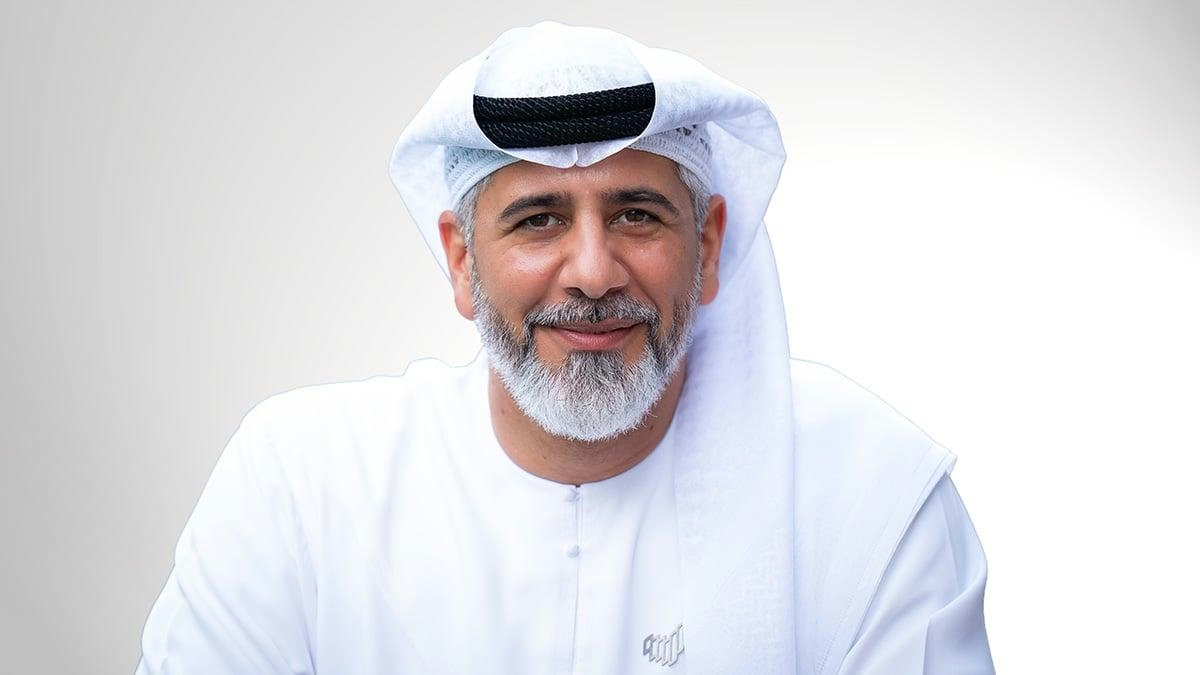
AeroGenie: Su copiloto inteligente.
Tendencias
Categories
Airline Industry Faces New Challenges
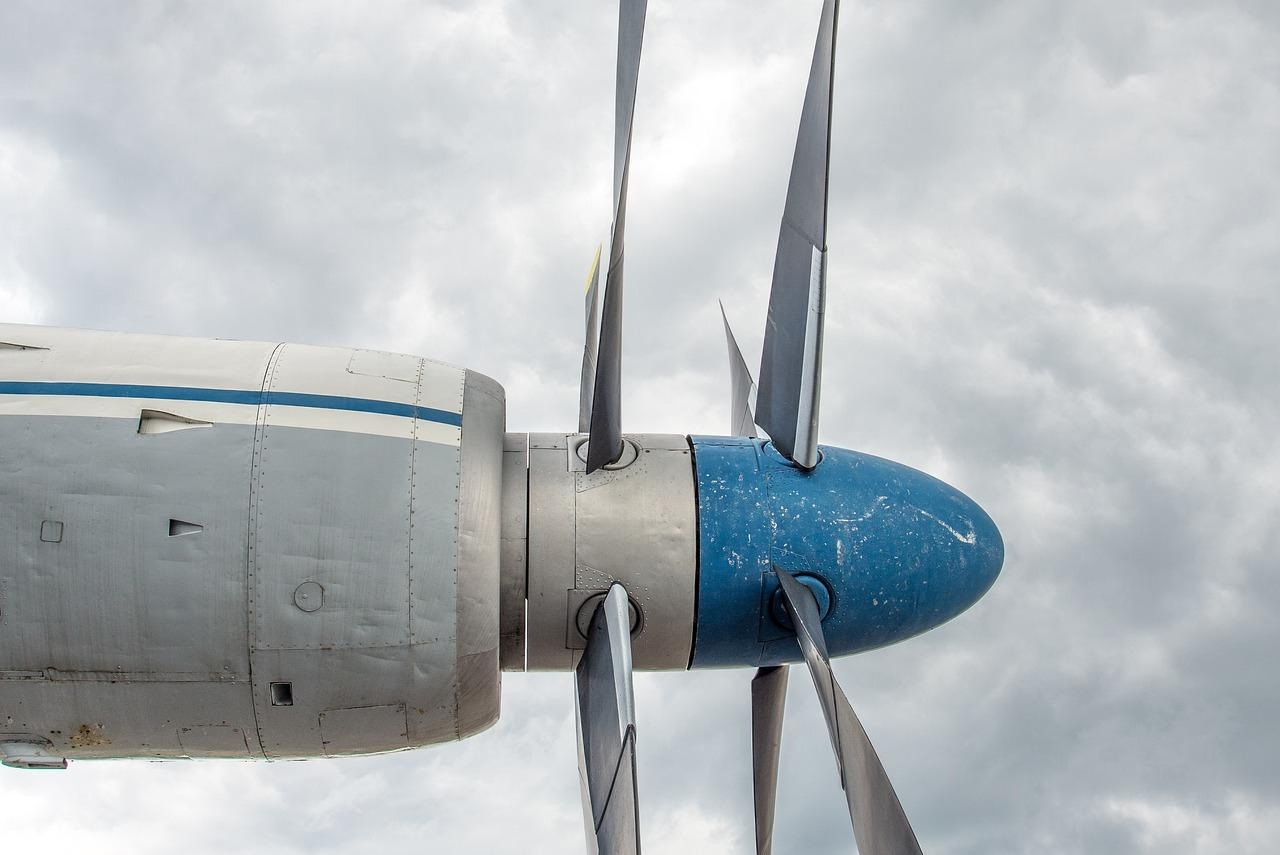
Airline Industry Faces New Challenges
Navigating a Complex Operating Environment
The global airline industry is confronting a multifaceted array of challenges, including persistent supply chain disruptions, escalating operational costs, and intensifying trade tensions. These pressures have compelled carriers to adopt increasingly sophisticated, data-driven strategies aimed at optimising fuel consumption and mitigating the impact of tariffs. The International Air Transport Association (IATA) projects a record 4.99 billion passengers will travel by air in 2025, a development expected to bolster global airline revenues and net profits. Nevertheless, this optimistic forecast is tempered by ongoing economic volatility and shifting government policies that continue to cloud the sector’s outlook.
Although a recent decline in jet fuel prices has offered some financial respite, uncertainty surrounding U.S. tariff policies and broader economic headwinds has dampened travel demand, particularly in North America. Reflecting these concerns, most U.S. carriers have either lowered or withheld their annual financial forecasts amid fears of weakening demand and rising costs. In contrast, European airlines maintain a relatively positive near-term outlook despite the prevailing challenges.
Supply Chain and Sustainability Hurdles
Supply chain delays remain a significant obstacle, impeding airlines’ efforts to introduce newer, more fuel-efficient aircraft. This disruption not only affects plans to enhance passenger experience but also hampers initiatives aimed at reducing carbon emissions. Compounding these difficulties, the U.S. administration’s recent decision to reduce funding for green aviation projects has led some manufacturers to scale back their sustainable aviation development programs.
Despite these setbacks, airlines worldwide are intensifying their focus on sustainability and operational efficiency through technological innovation. Indian carriers, alongside their international counterparts, are deploying advanced tools and processes to curtail waste and emissions. IndiGo, for instance, has introduced a pilot app that leverages real-time data analytics and automation to monitor every phase of flight operations, providing actionable insights to improve efficiency. Air India has implemented advanced flight planning systems to optimise routing and reduce resource wastage, while also adopting uniforms made from 35% recycled fabric. The airline is collaborating with the Indian Institute of Petroleum to develop domestic sustainable aviation fuel (SAF) production pathways and, in partnership with Indian Oil Corporation, has joined a global registry to track SAF usage and emissions reductions.
International carriers are similarly embracing innovation. Brazilian low-cost airline GOL and TAP Air Portugal have become pioneers in adopting IATA’s advanced analytics solutions to optimise fuel consumption. Nick Careen, IATA’s senior vice president for operations, safety, and security, emphasised the critical importance of fuel management, noting that jet fuel typically accounts for 25 to 30 percent of an airline’s cost base. As the industry advances towards decarbonisation, managing fuel-related costs will become an increasingly vital priority.
Emissions Reduction and Policy Challenges
Technological and operational improvements are anticipated to contribute approximately 10 percent of the total emissions reductions required for the industry’s net-zero target by 2050. Sustainable aviation fuel is expected to play a far more significant role, accounting for around 65 percent of emissions reductions. However, IATA has criticised governments worldwide for failing to implement effective policy frameworks necessary to achieve these ambitious goals. Although global SAF production is projected to double to two million tonnes by 2025, this volume will still satisfy less than one percent of total airline fuel demand. India has set a target to blend one percent SAF with conventional jet fuel for international flights starting in 2027.
Within India, the aviation sector faces immediate challenges, including declining monthly passenger traffic and ongoing financial losses among airlines. Nonetheless, the long-term outlook remains stable, with anticipated growth in both domestic and international travel. Across the global industry, resilience will increasingly depend on the integration of technological innovation and coordinated policy support to successfully navigate an evolving and complex landscape.

FAA Issues Airworthiness Directive for GE90 Engines After Powder Metal Contamination Found

Flying taxis could take off this year in Florida
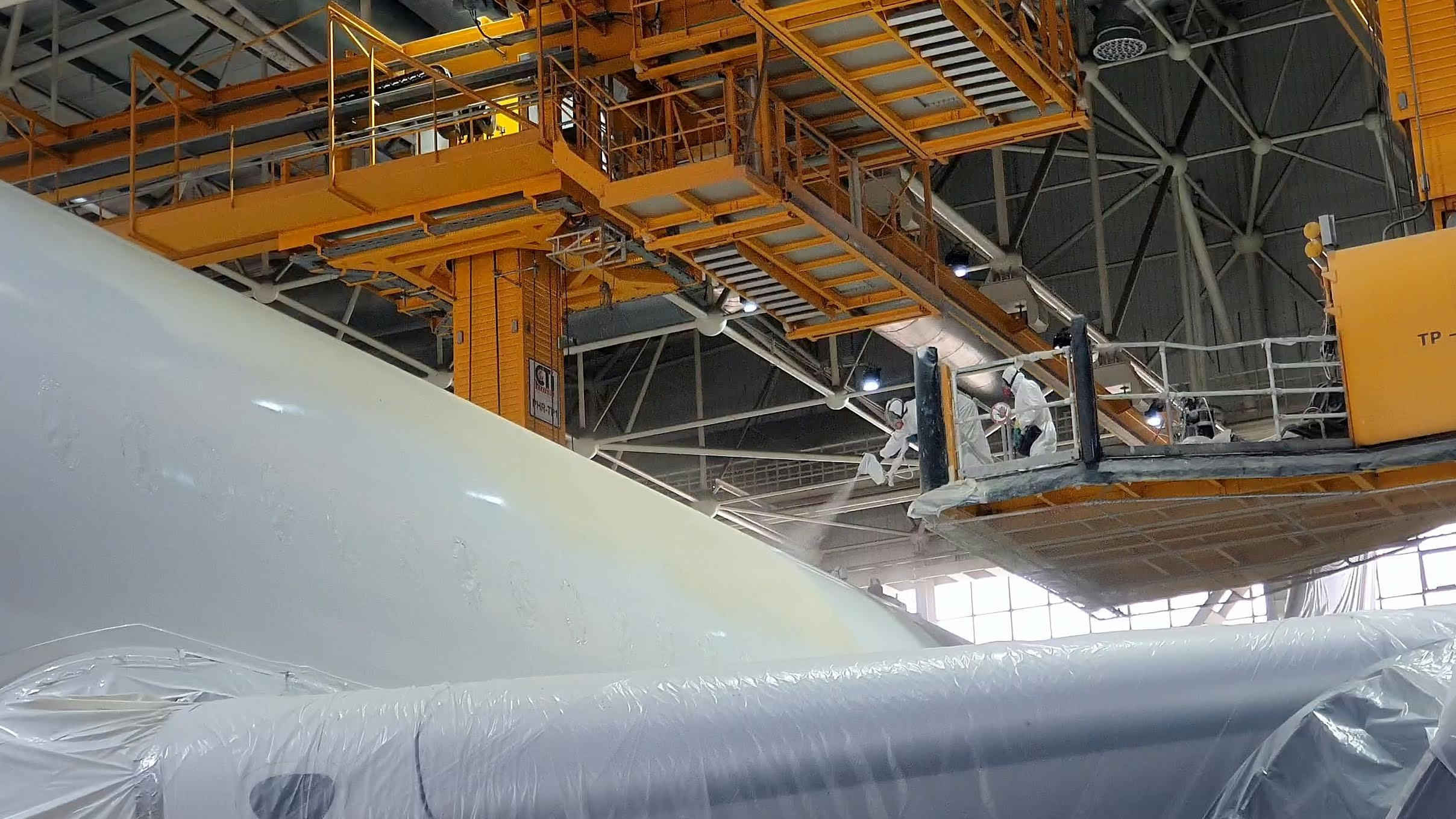
ASKY and TAAG Angola Airlines Establish In-House MRO Facilities to Support Fleet Expansion

Airbus to Release Audited 2025 Orders and Delivery Data on January 12
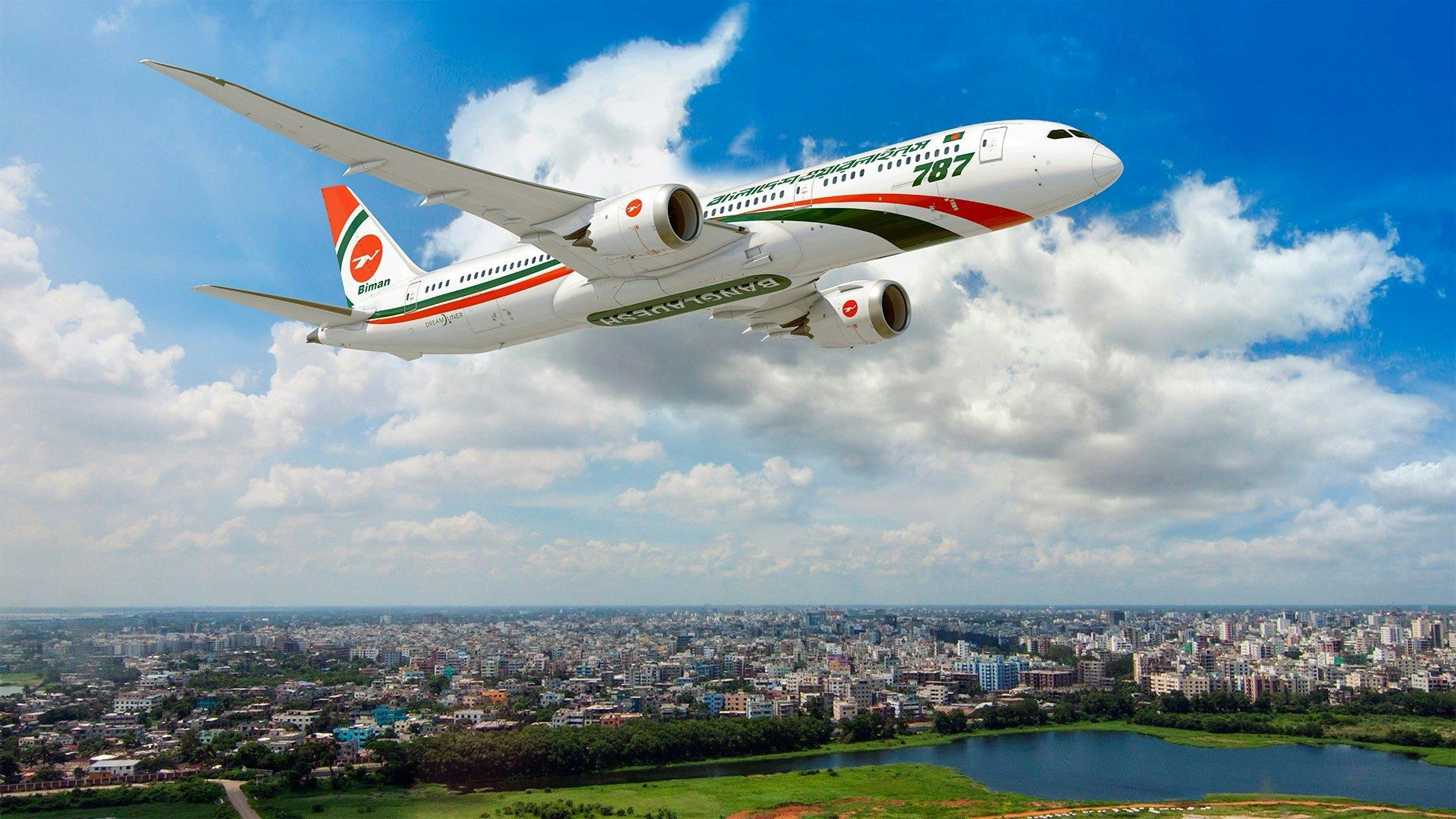
Biman Bangladesh Selects Boeing for New Aircraft Order

Amazon Cancels Italian Drone Delivery Plans Days Before Launch, Setback for U-space

Lufthansa Celebrates 100 Years of Aviation Innovation
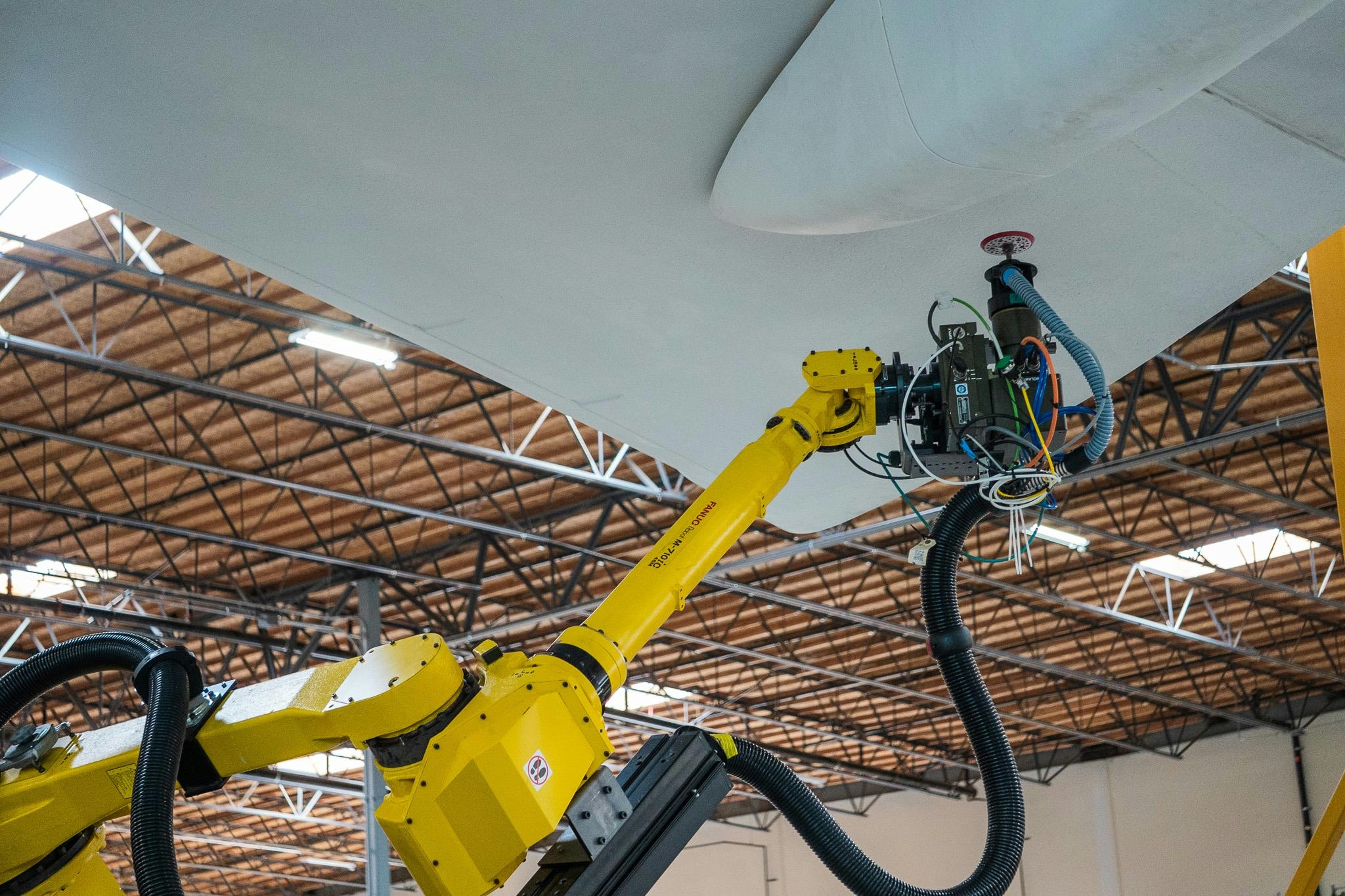
How AI Is Transforming Aviation

Comply365 Acquires MINT Software Systems
